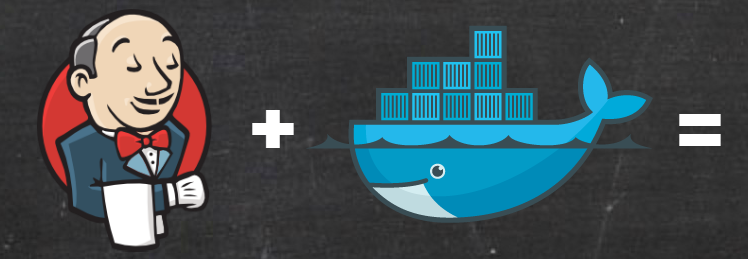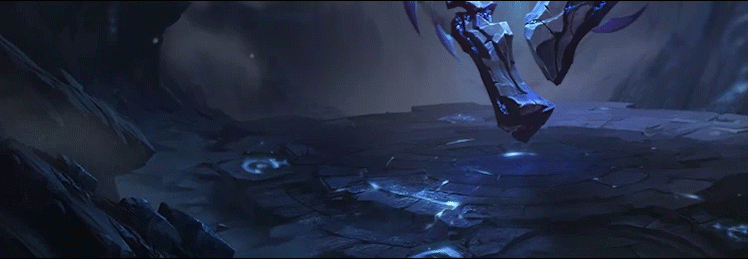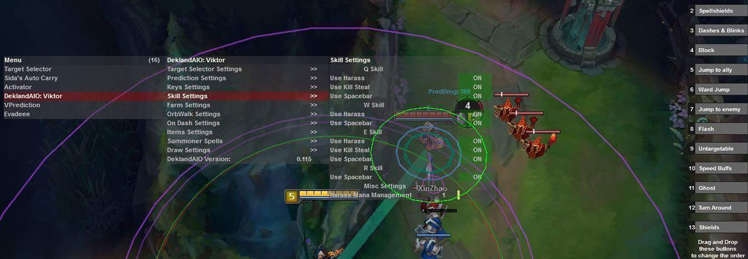
This is the in-depth tutorial for the discussion started here about creating a build farm using Jenkins with Docker containers as the build slaves. When we’re done, you should have a fully functional Jenkins environment that provisions build slaves dynamically running on your local environment and ready for you to productionize.

The League of Legends client UI resembles many traditional web applications, both in its choice of technology (JavaScript/HTML) and its range of functionality. However, the League client (the pre-game experience) is not a traditional web app - at its core it’s a game UI with high-quality visuals, which led to several interesting challenges along the way. I’m Richard Ye, a software engineer on the League of Legends client, and I’m going to talk about one of the major development challenges we encountered in the client UI: animation.

Combating cheats is an ever-evolving arms race. The scope and complexity of cheat development grows every year along with the stakes in online gaming. The pressure is on for game studios to level up when it comes to detecting and preventing bad actors. I’m Michael “Perma” VanKuipers, and I used to be one of those bad actors; I spent over a decade developing cheats for various games and earned the ire of at least one large game studio in the process. These days I work on Riot’s Anti-Cheat team, helping secure League of Legends from scripts, bots, and exploits.



